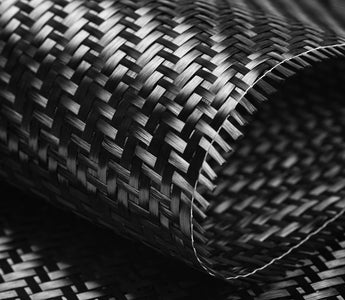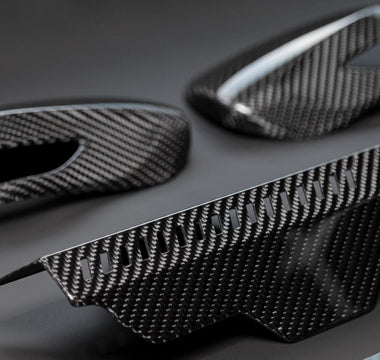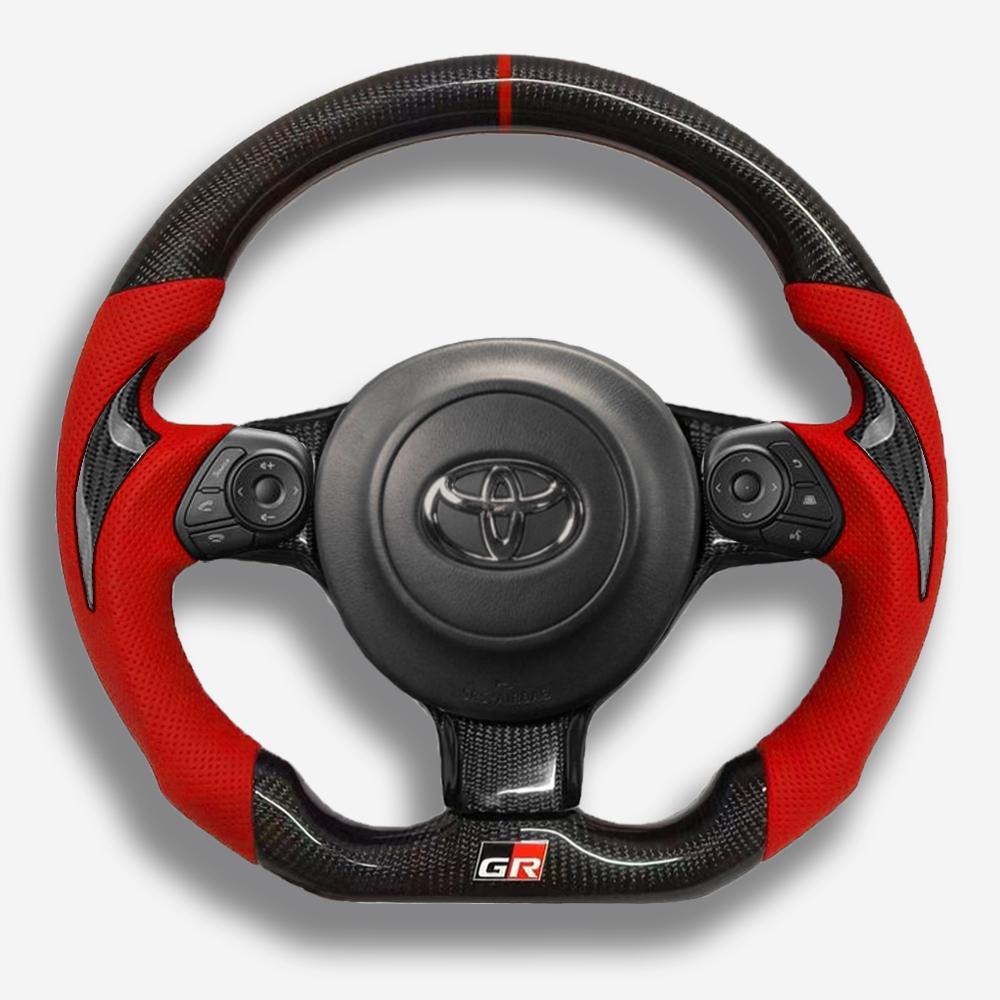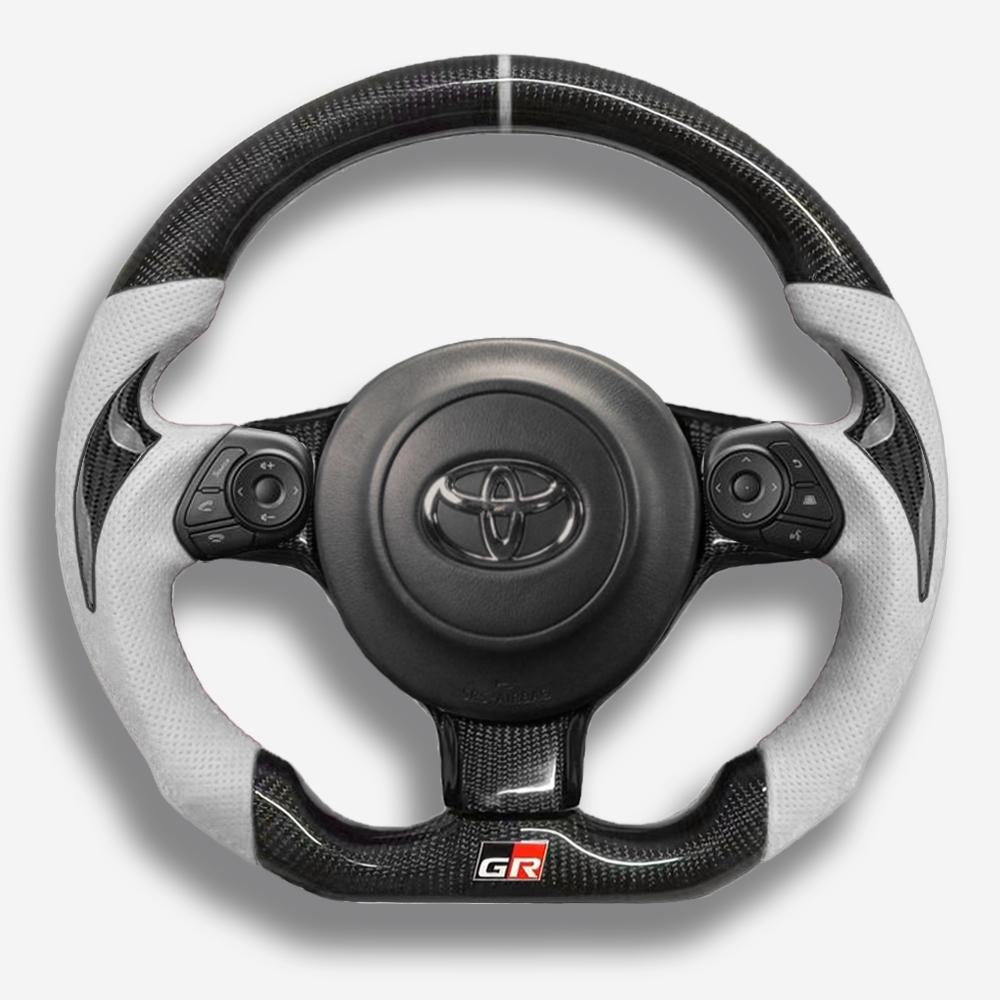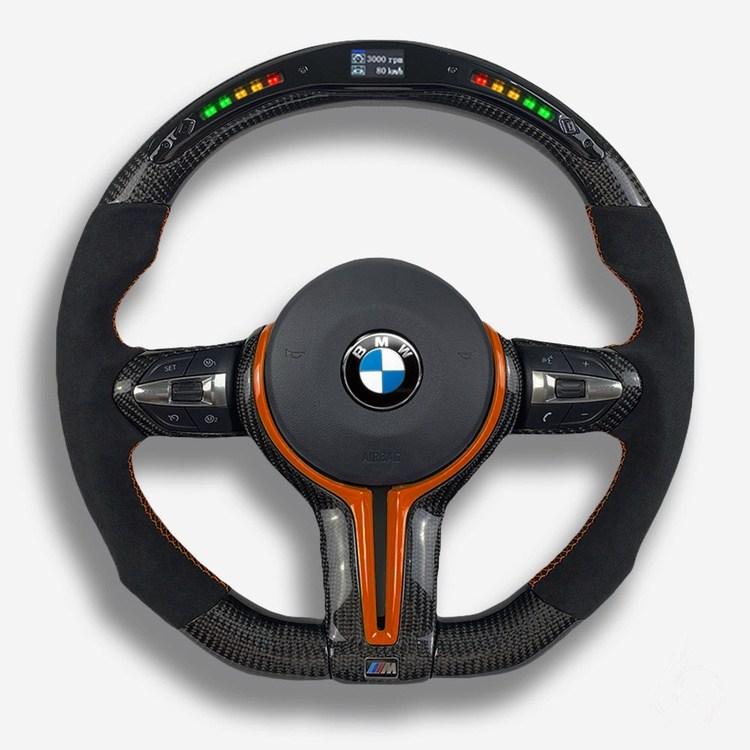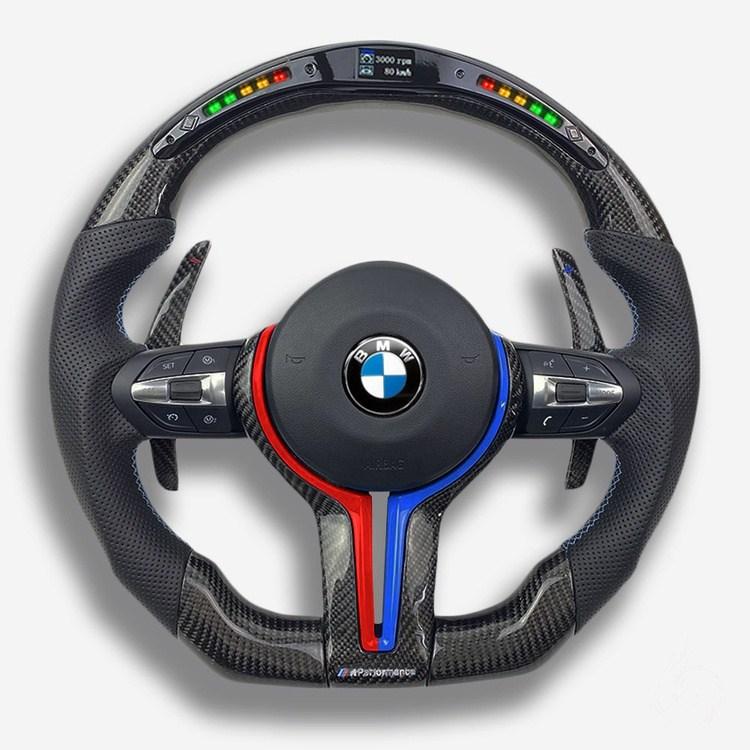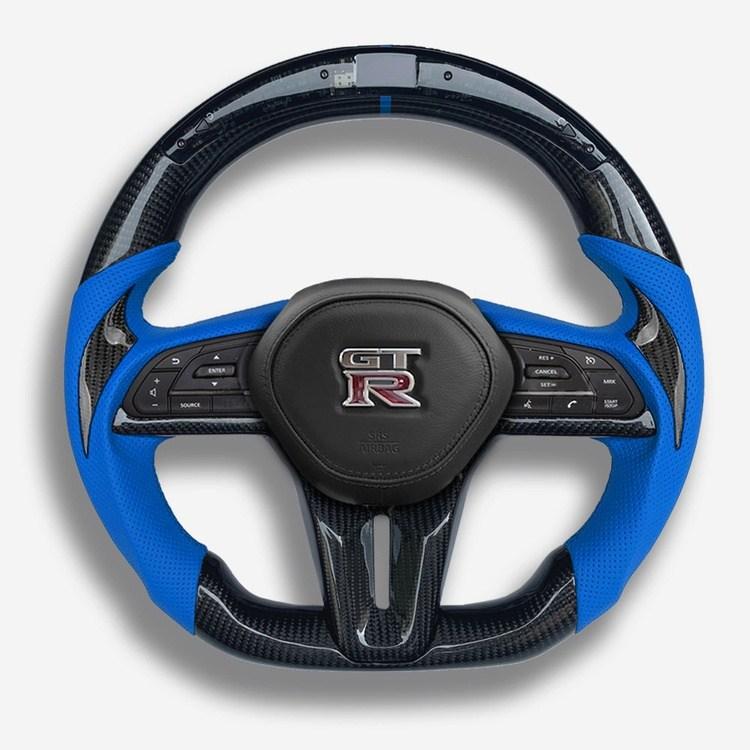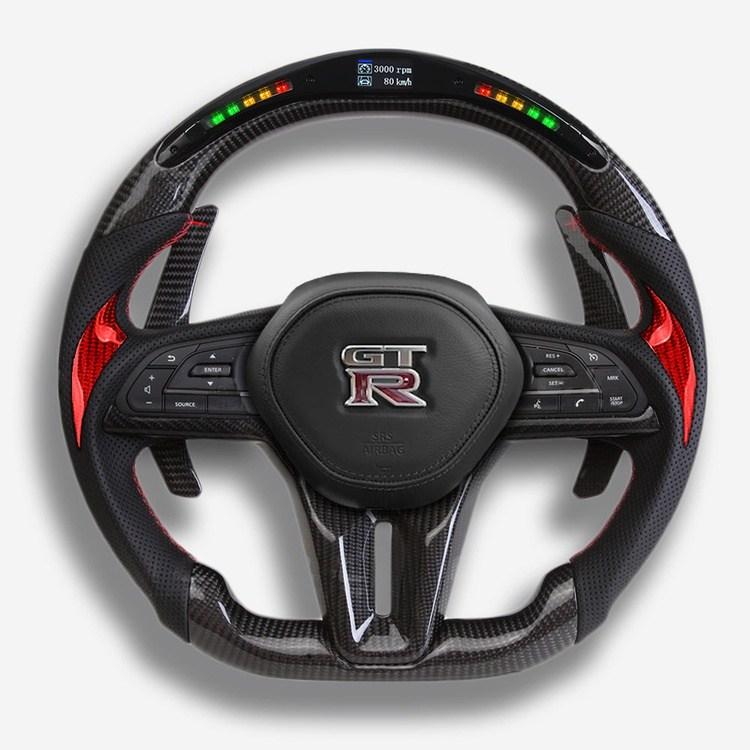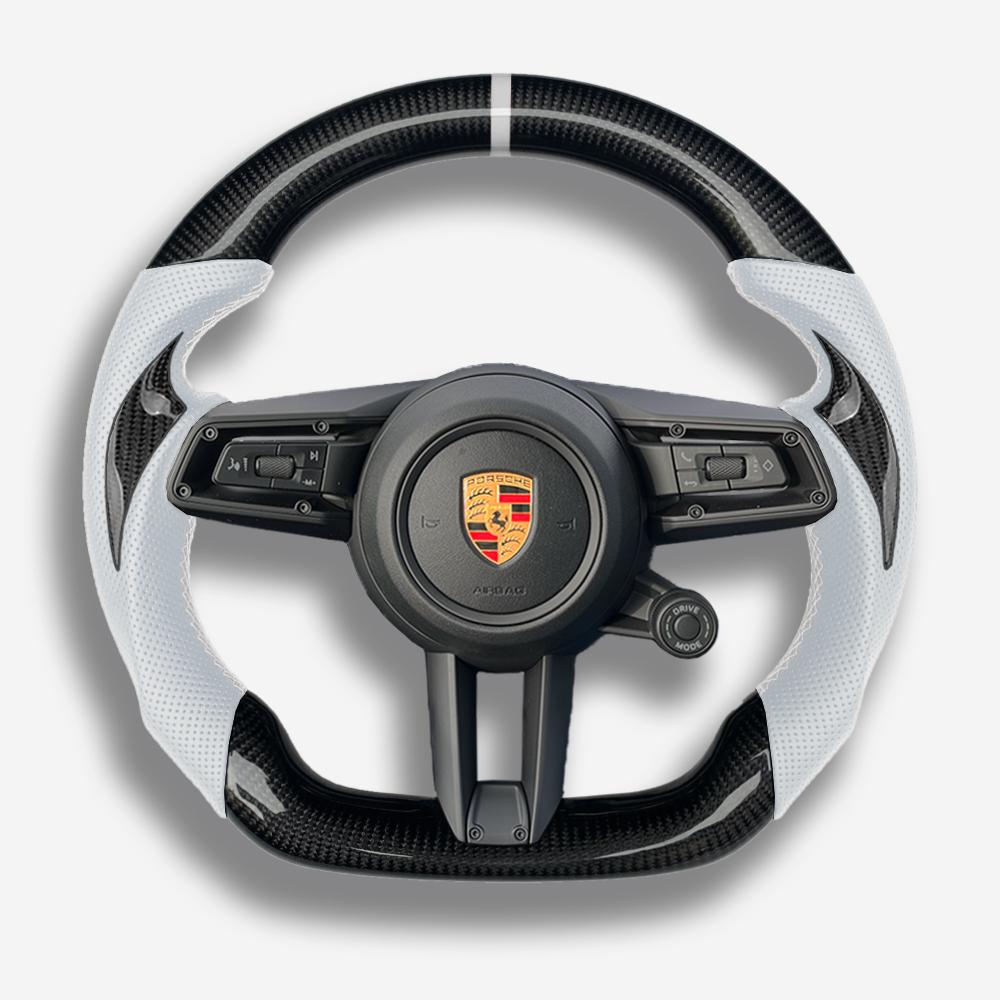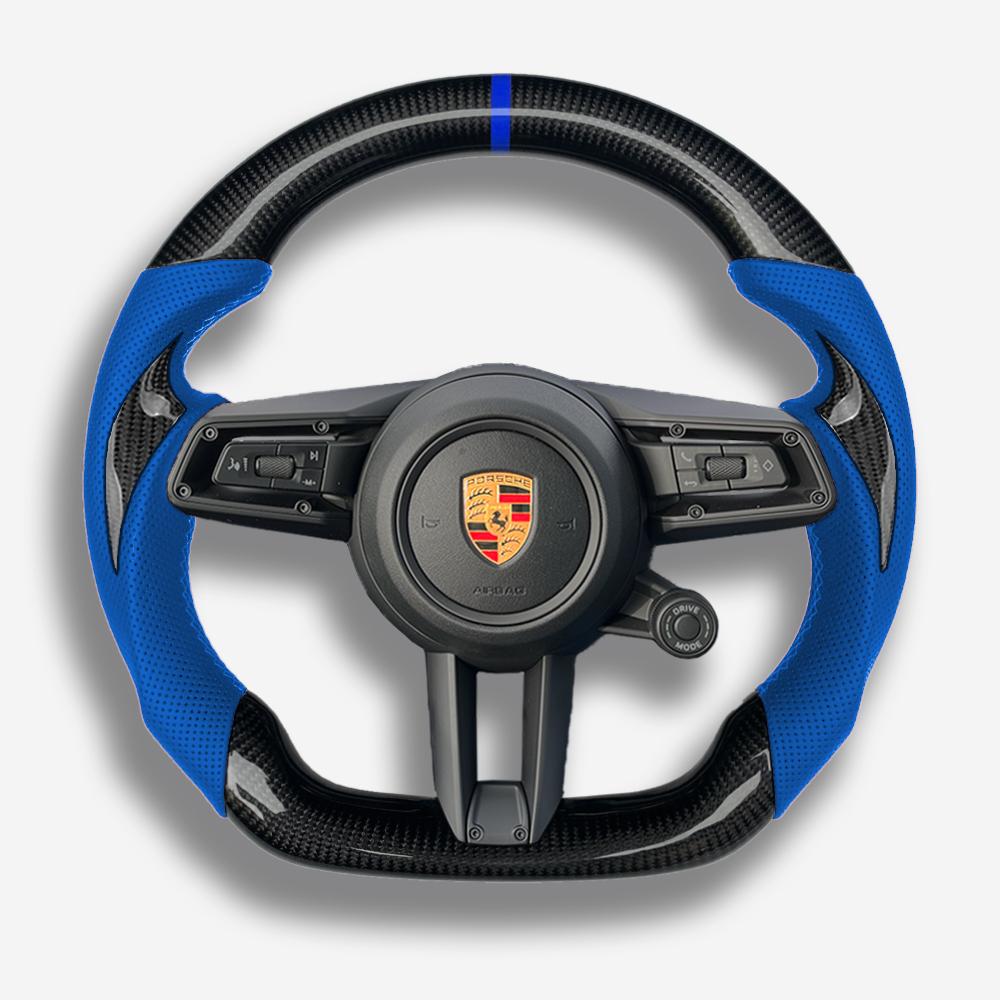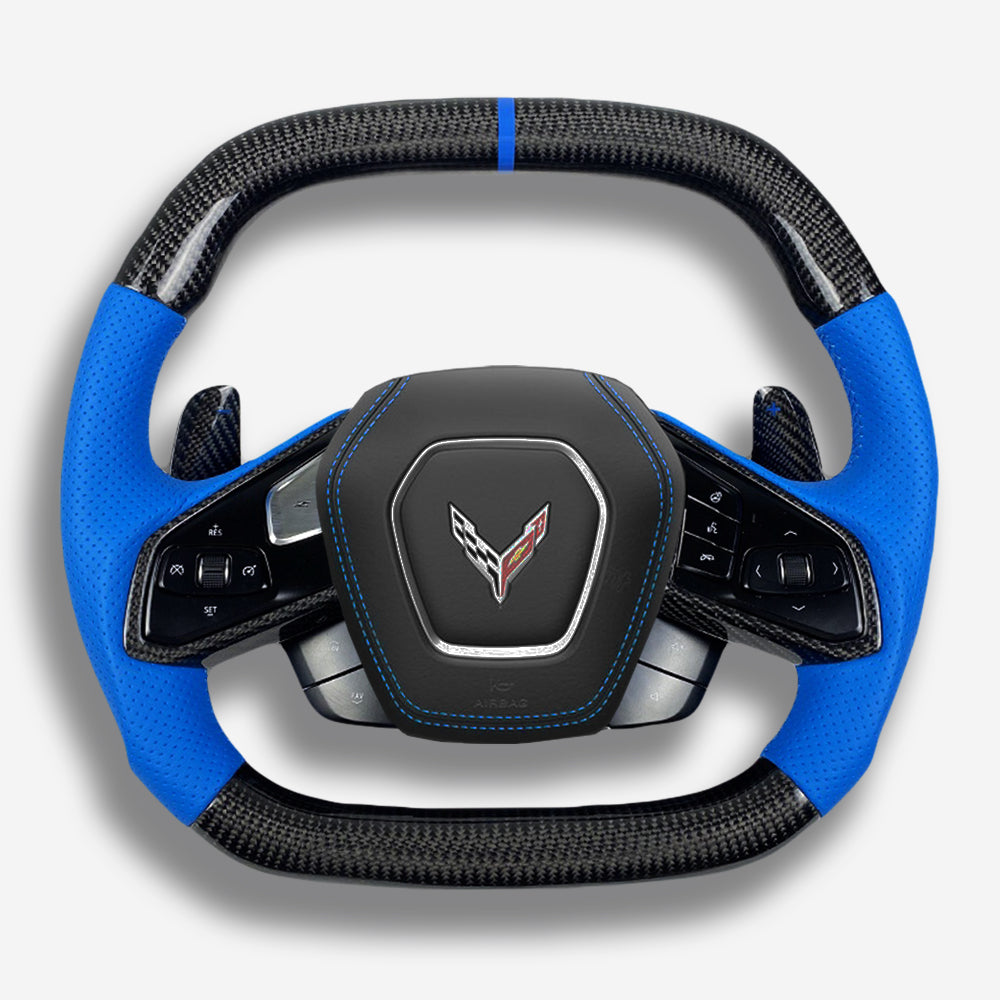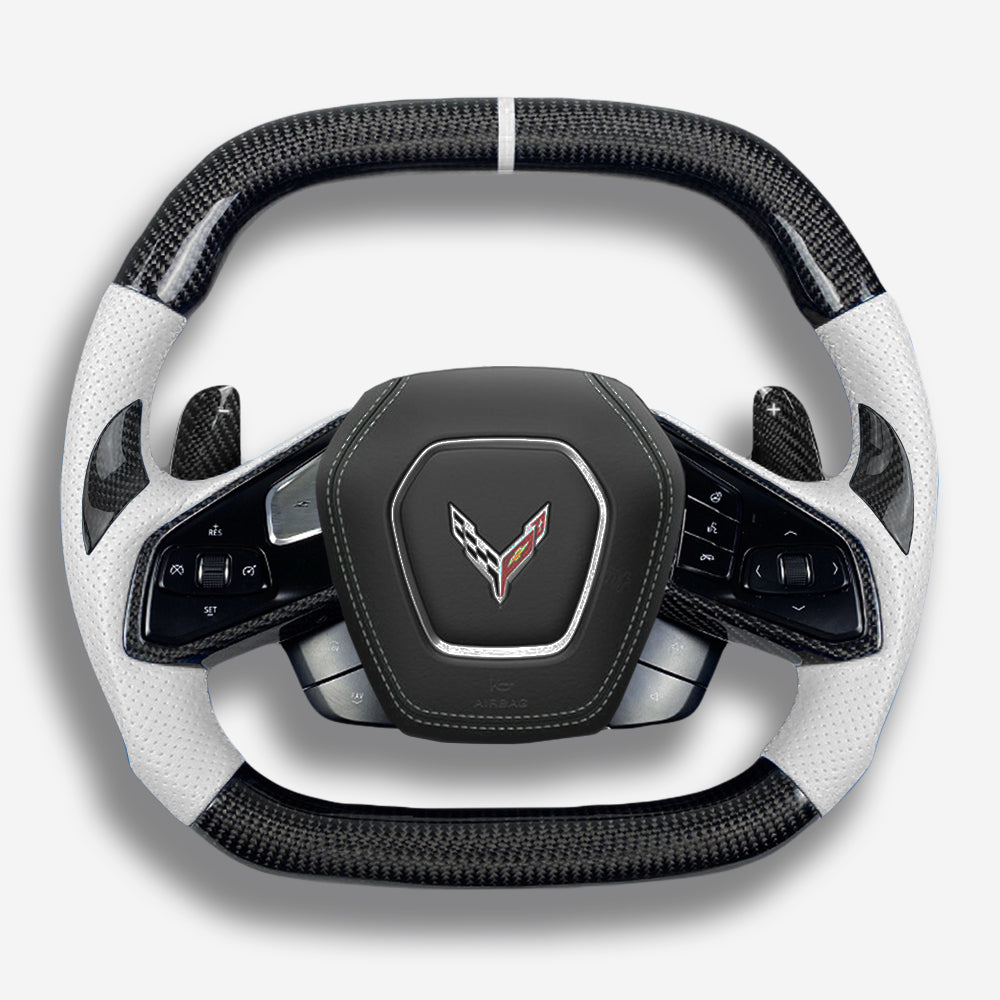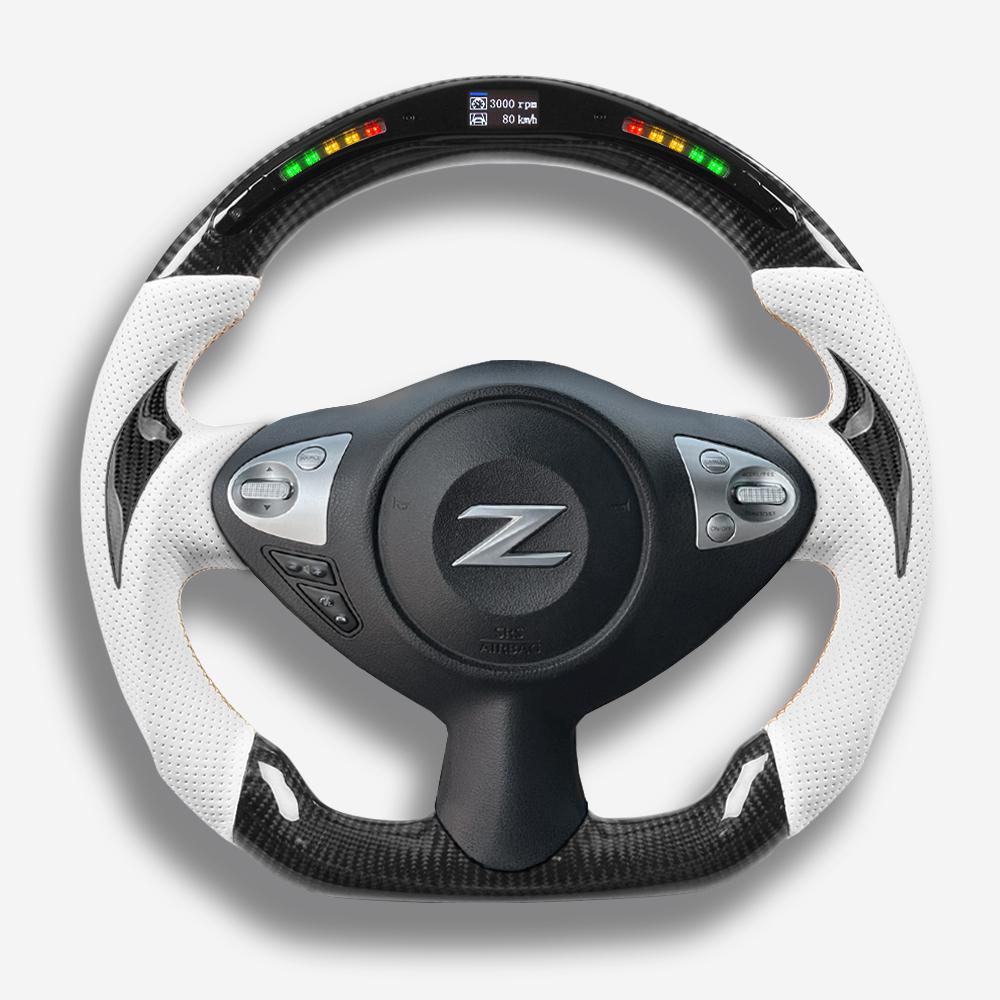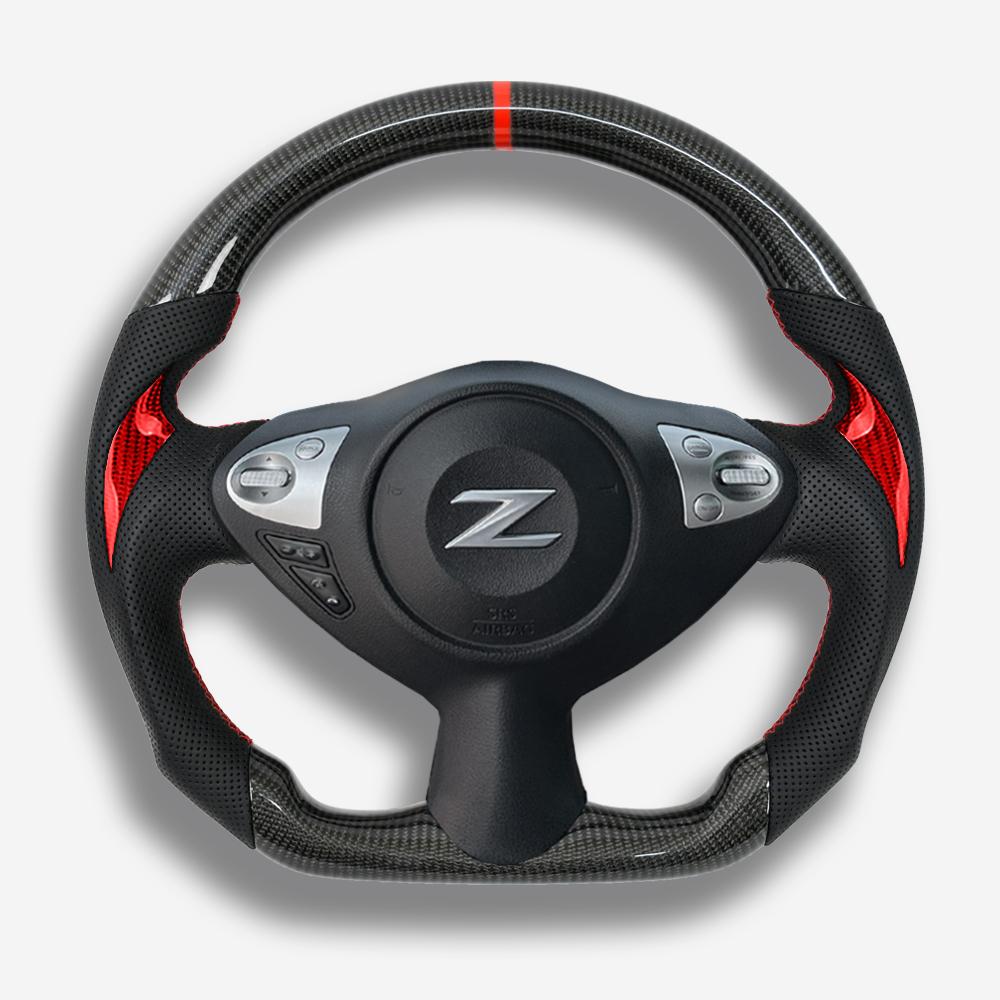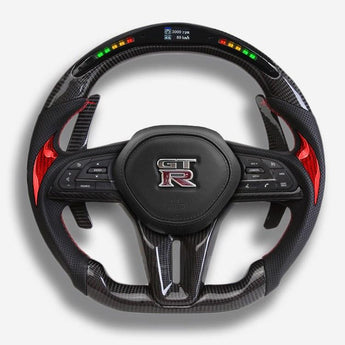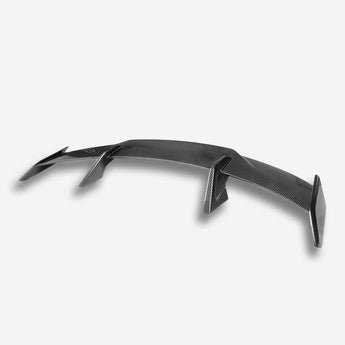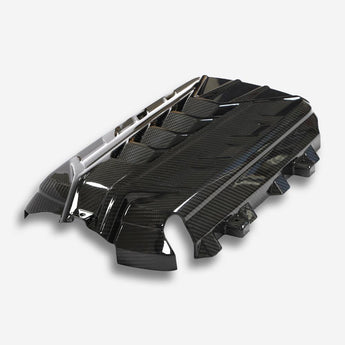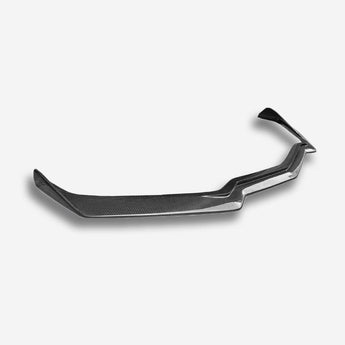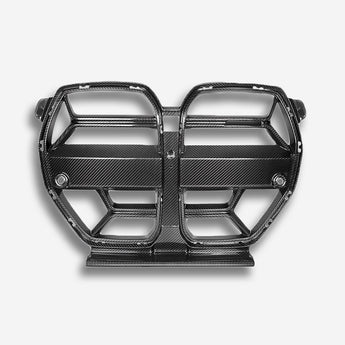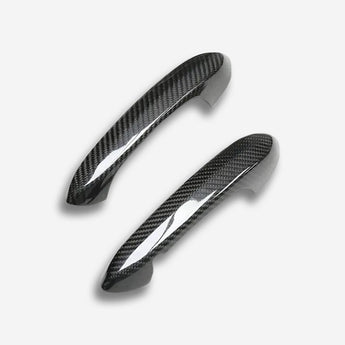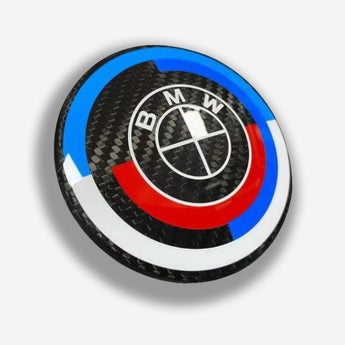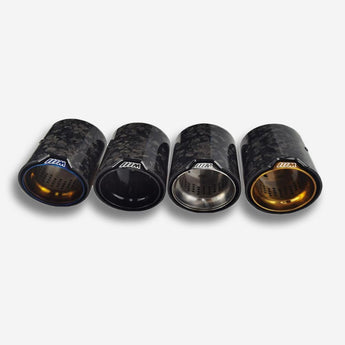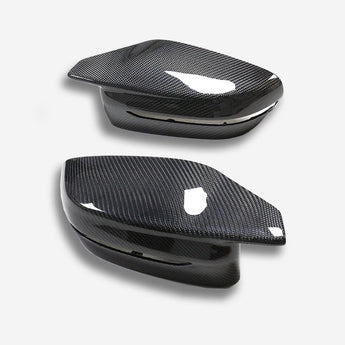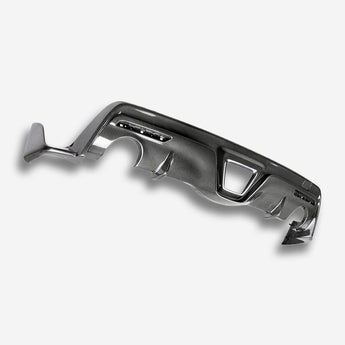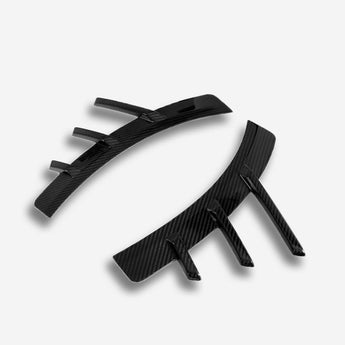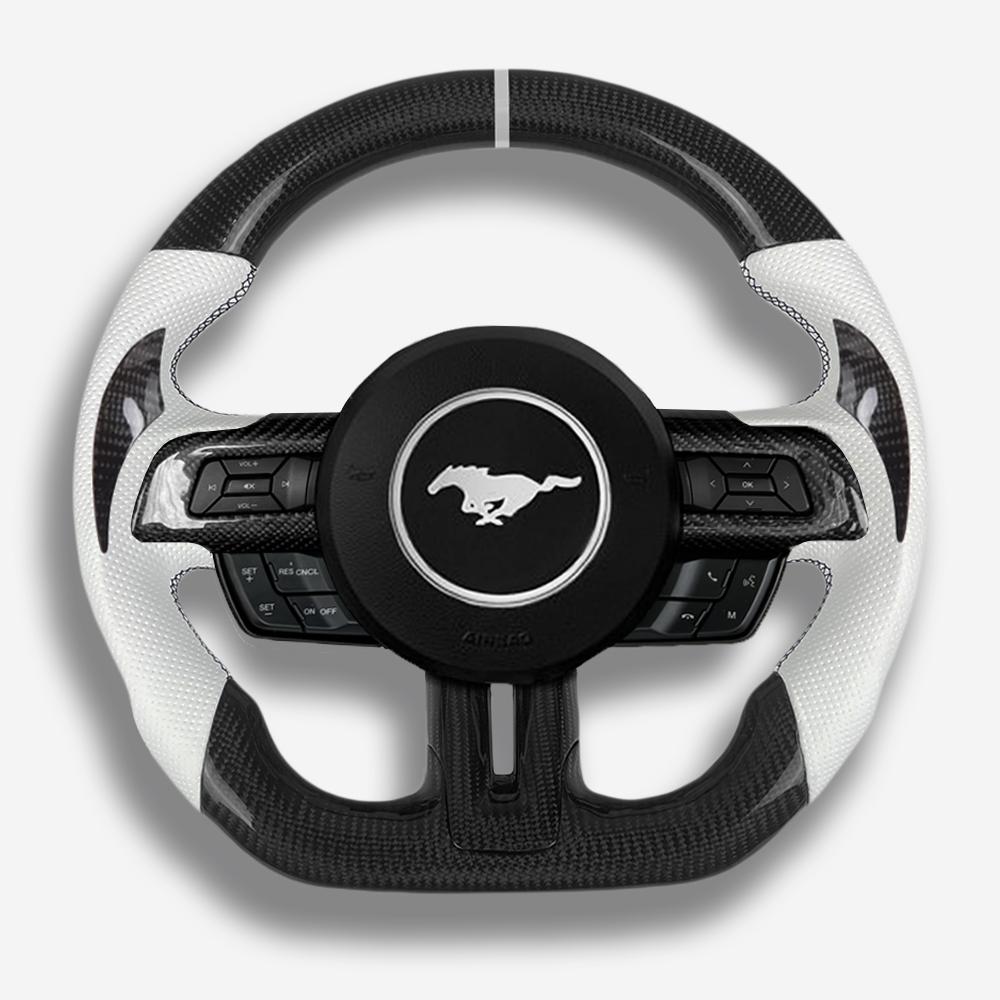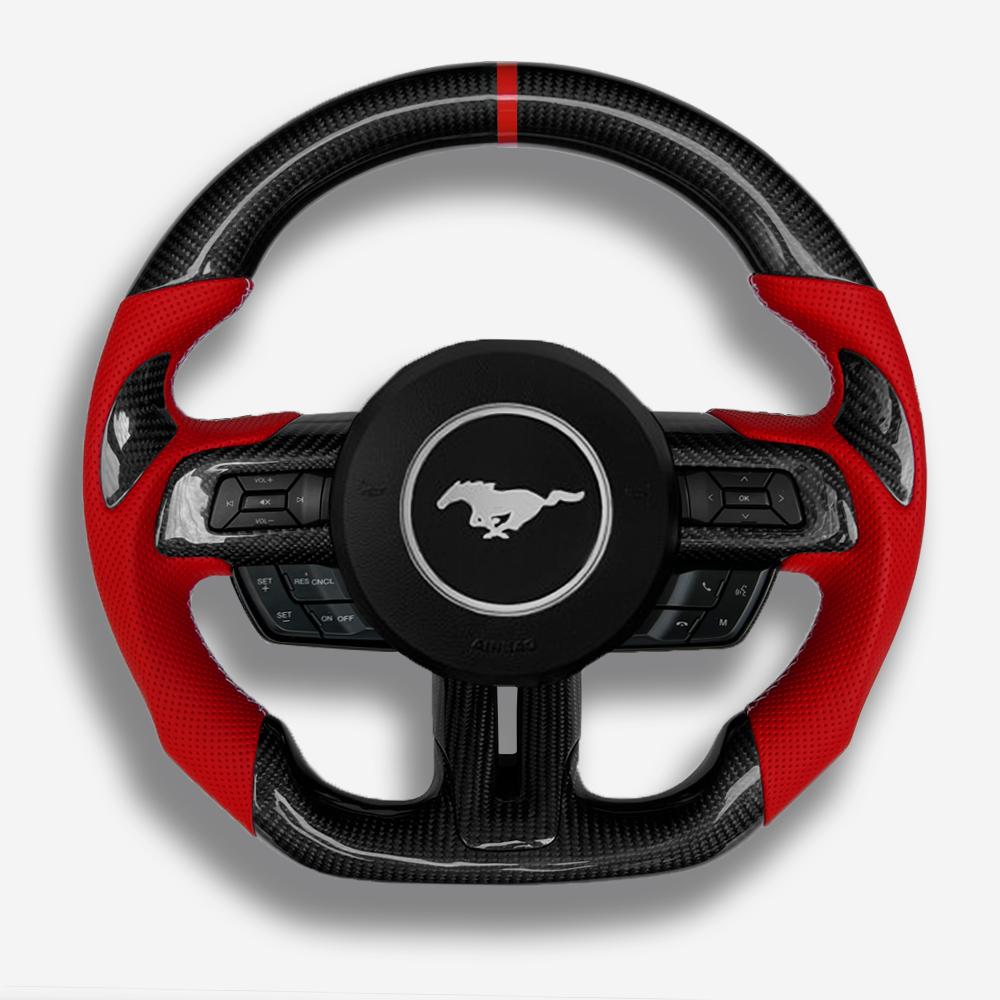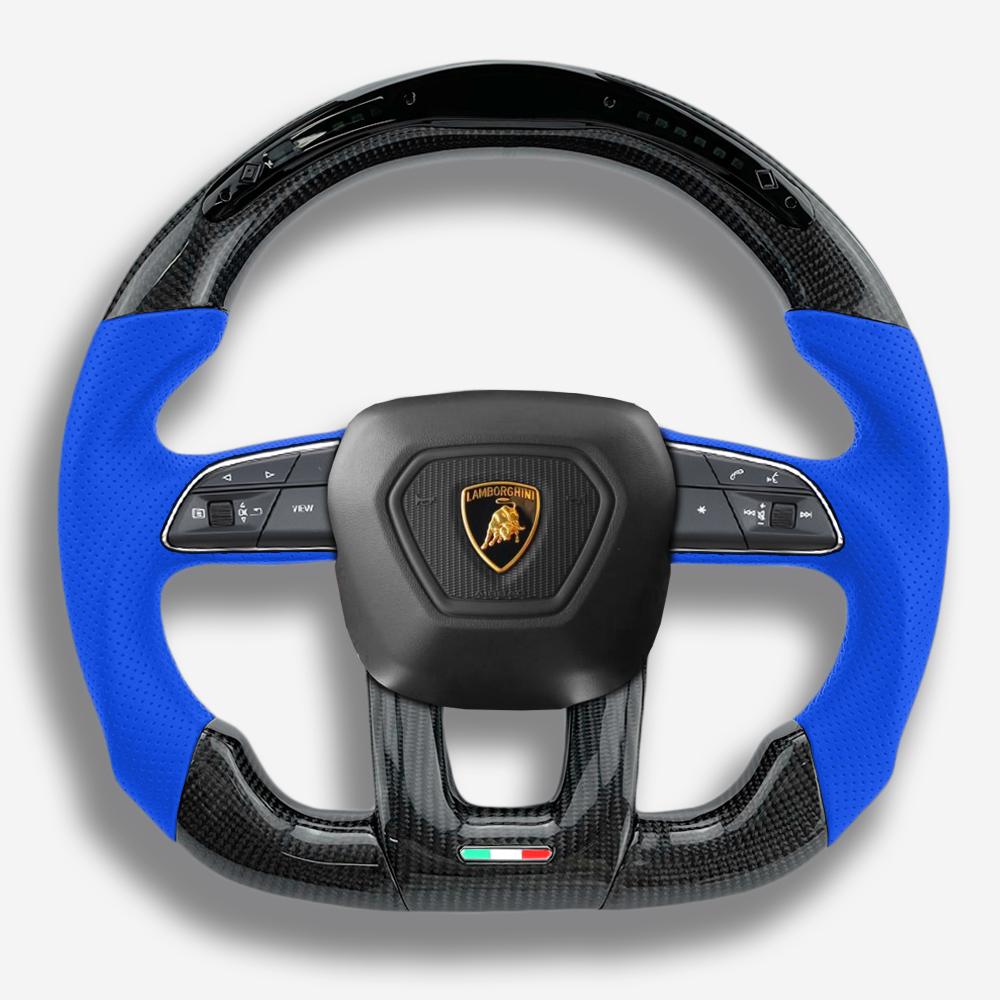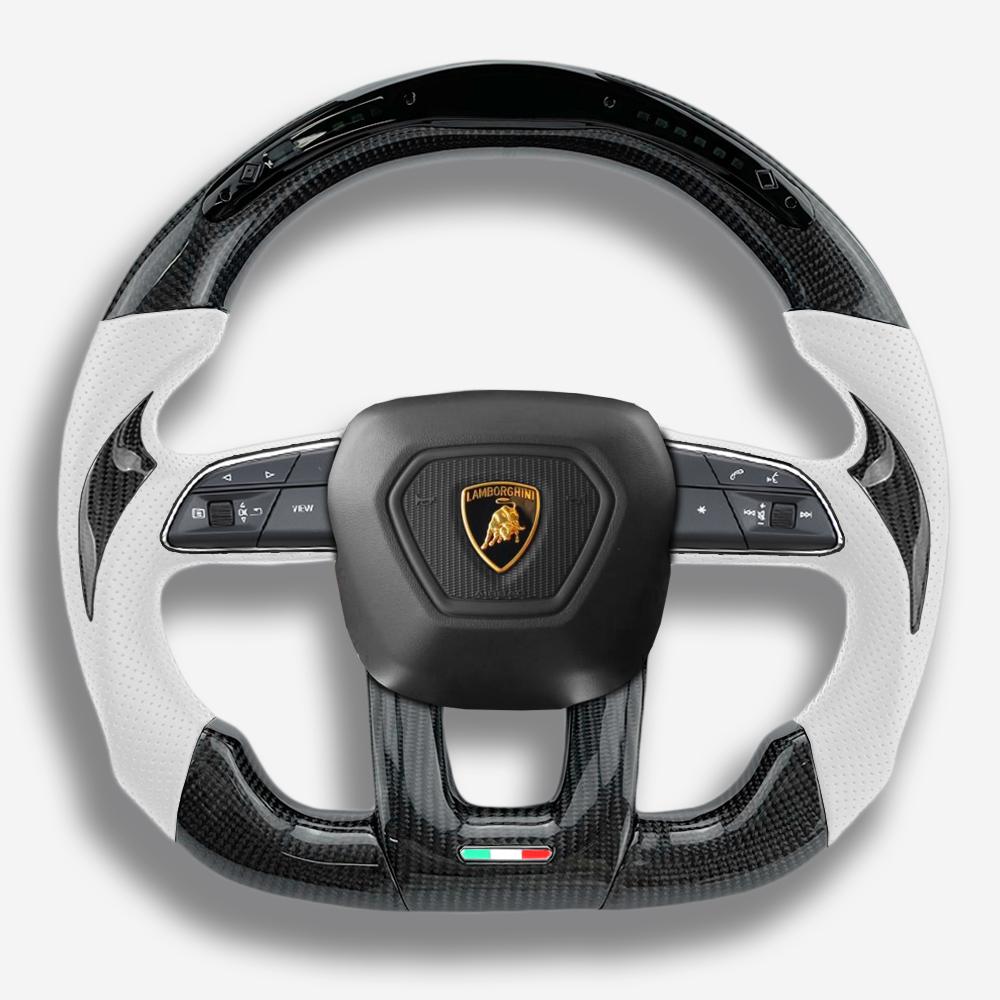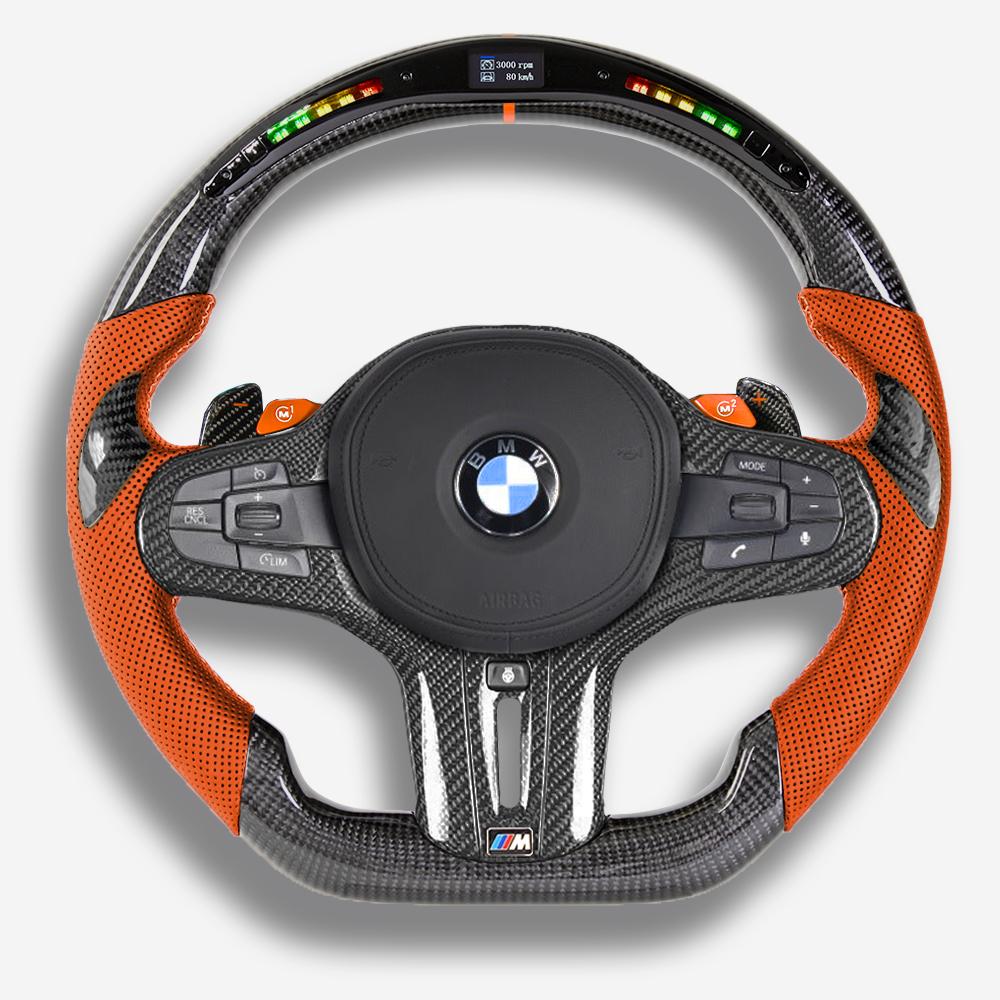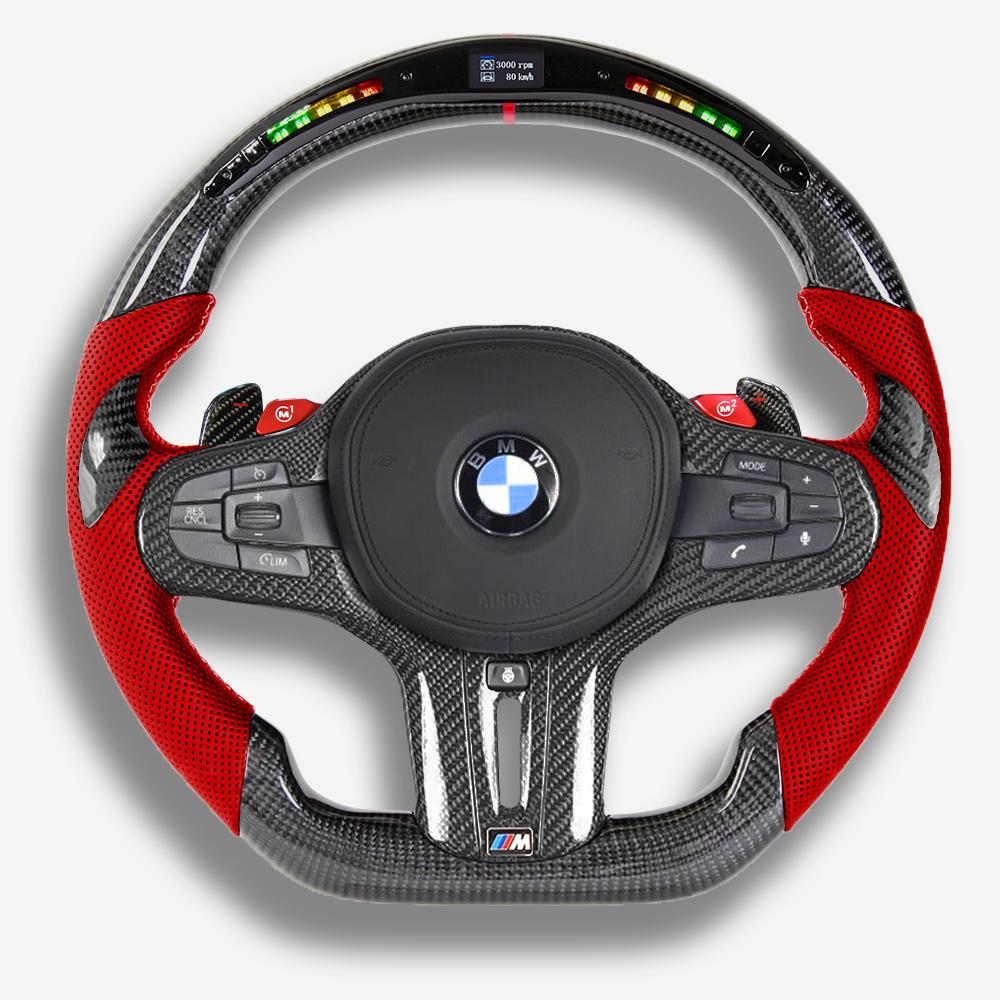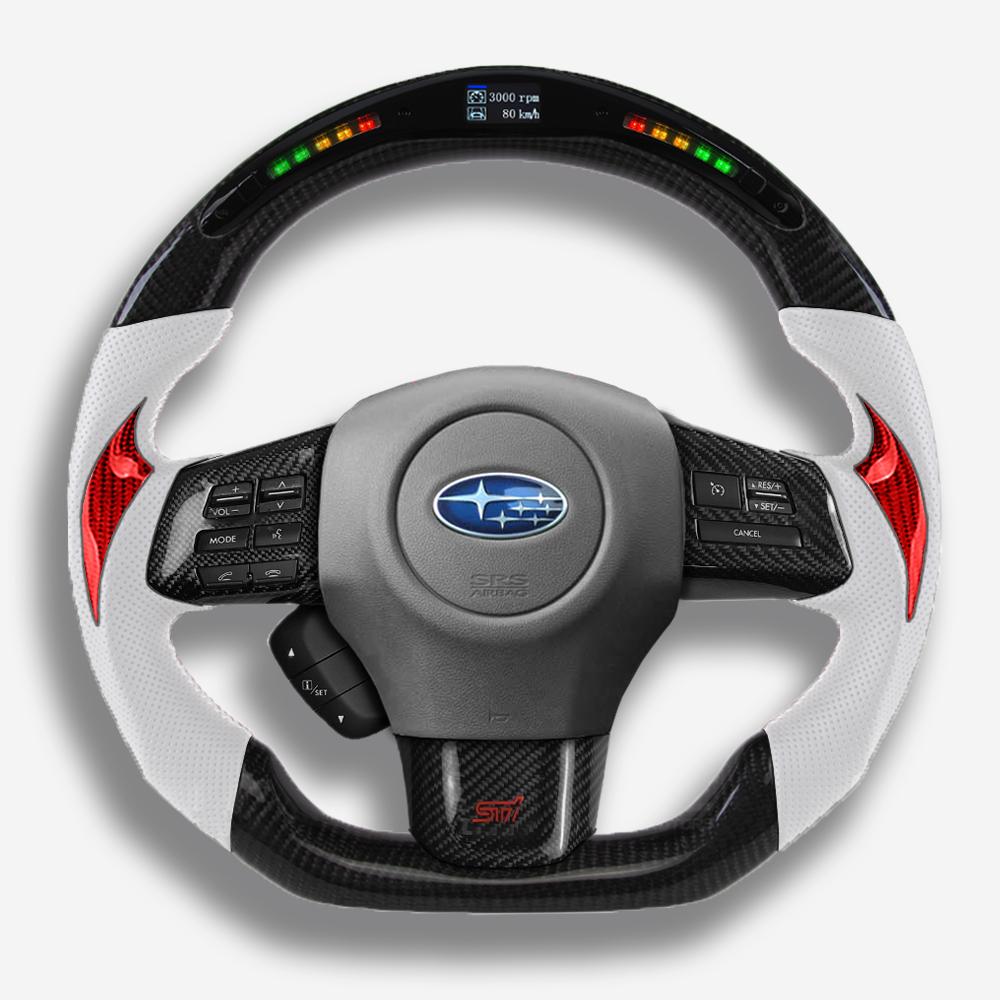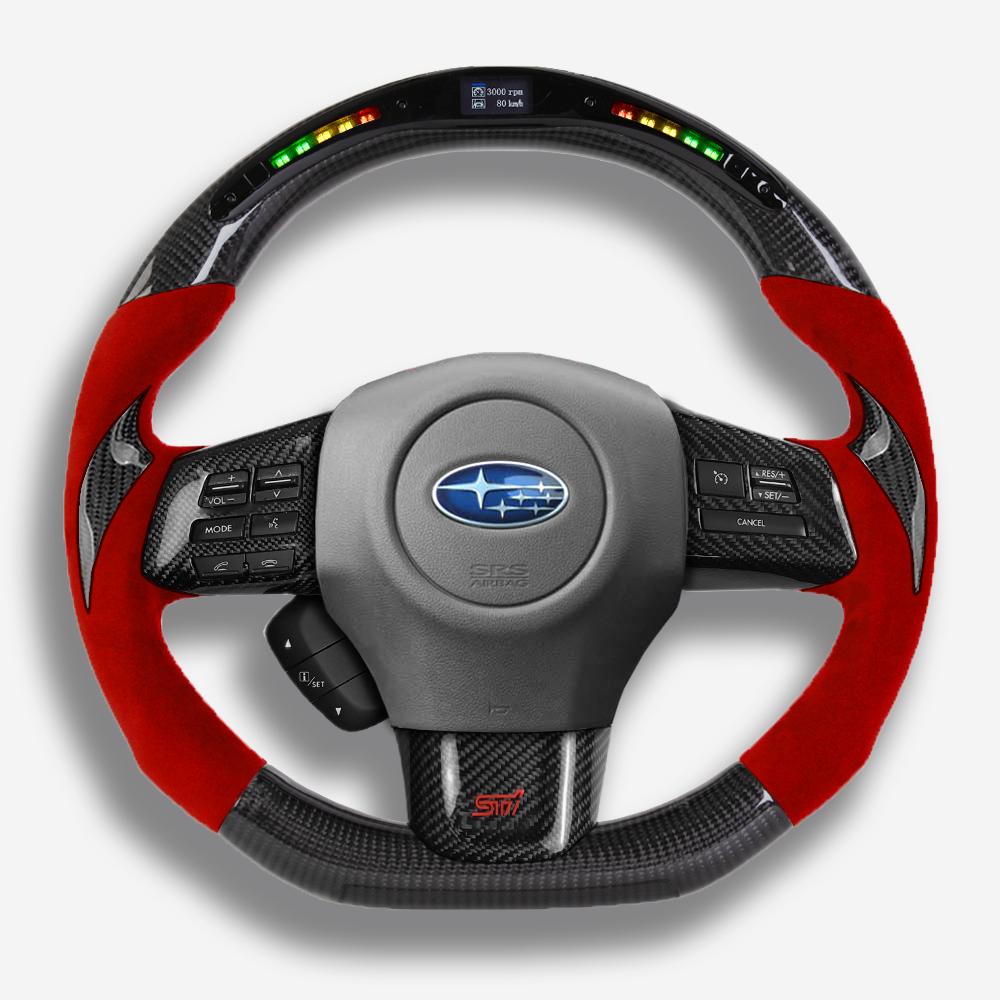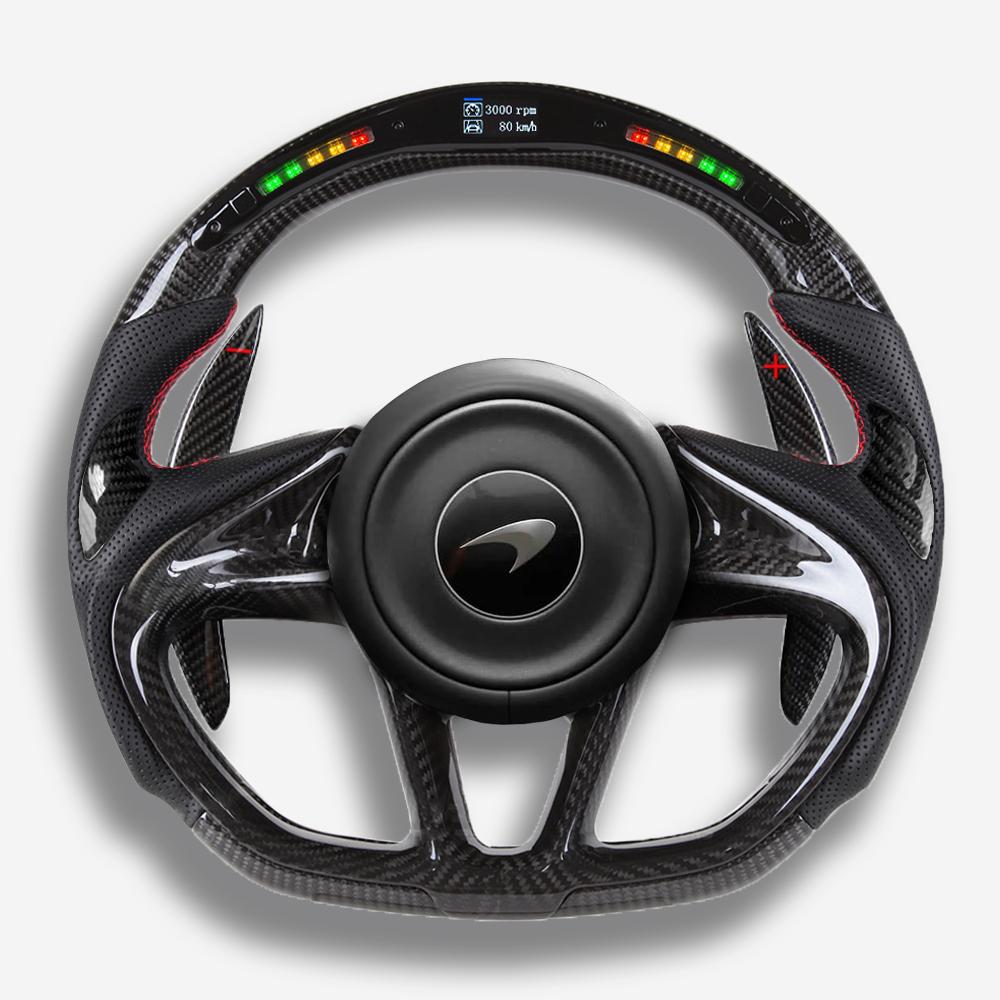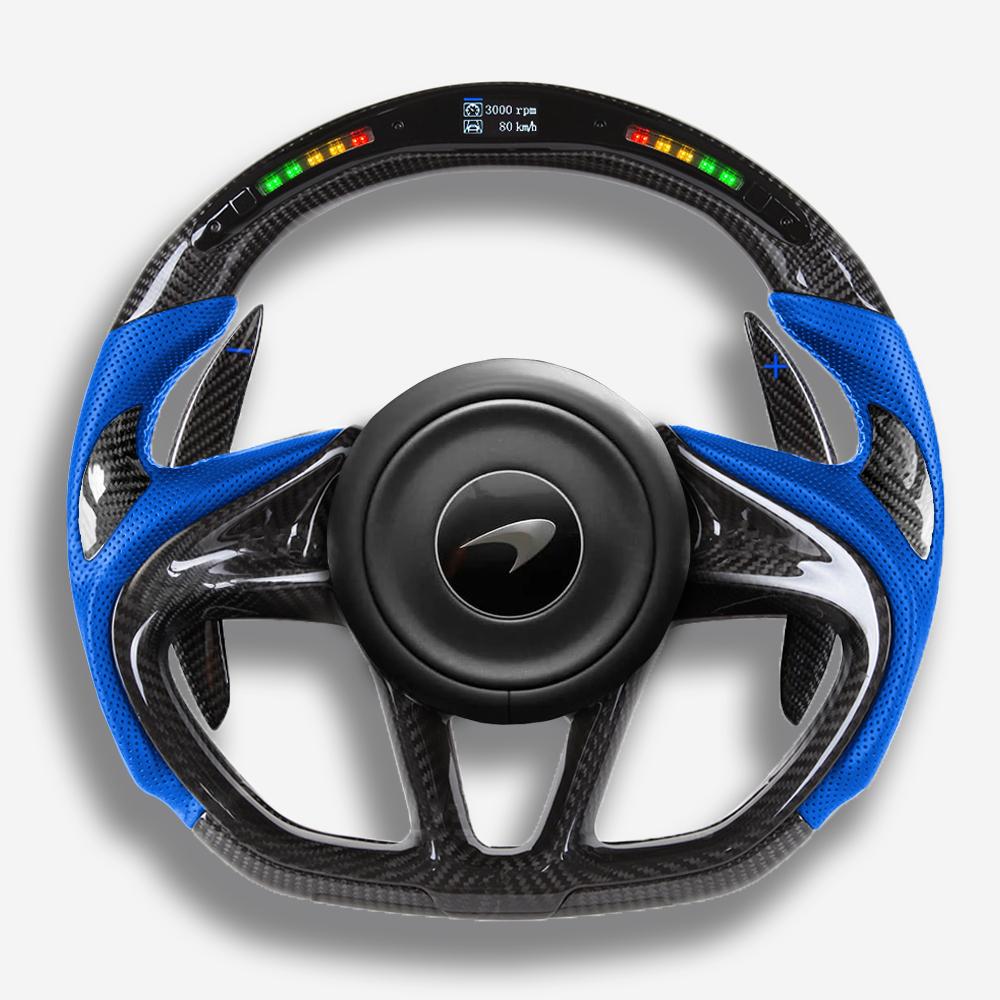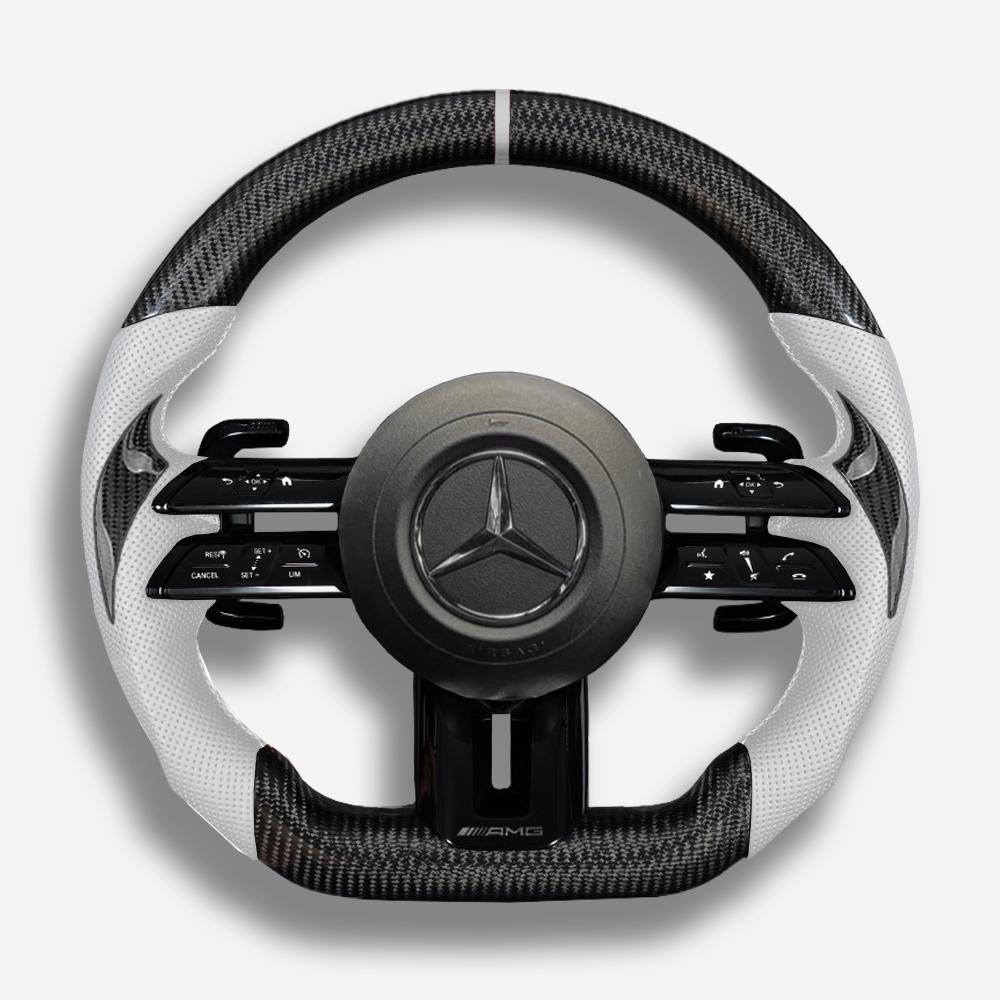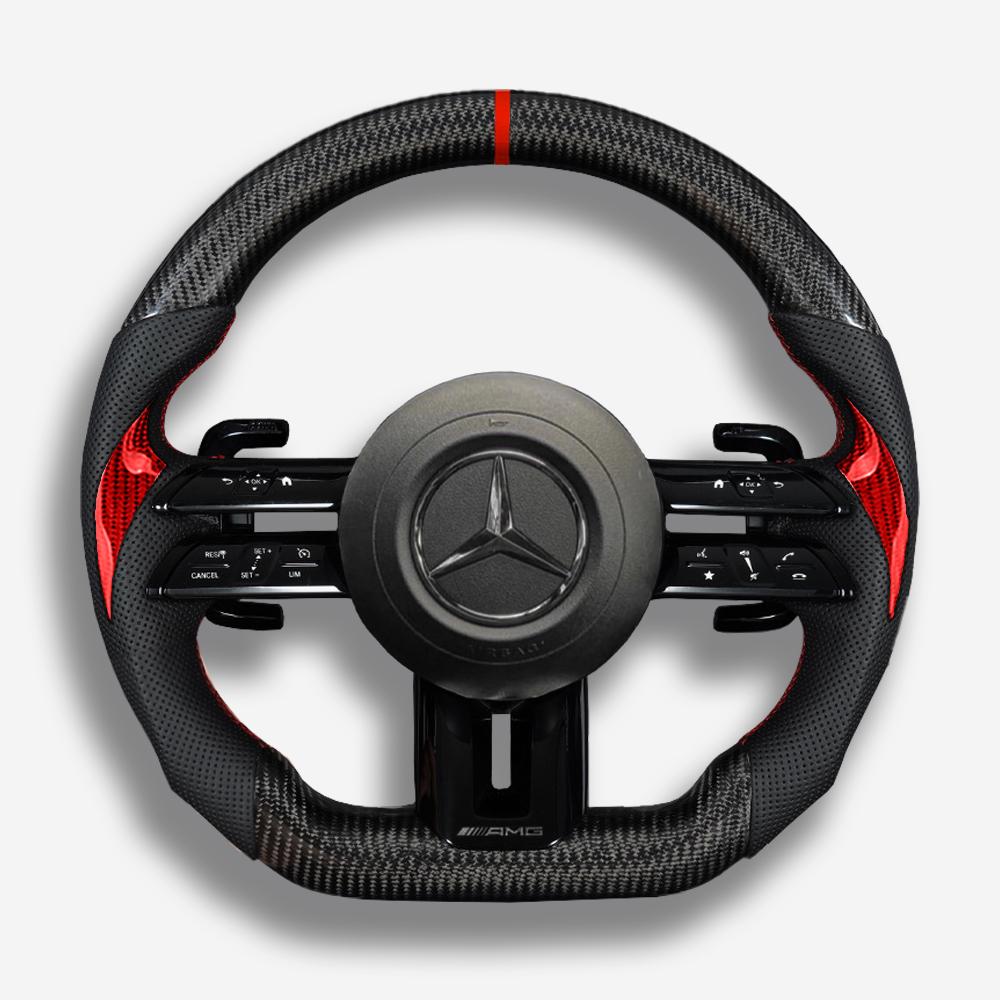Introduction:
In the realm of high-performance automotive upgrades, the choice between dry carbon and wet carbon fiber is crucial. These materials, used in everything from carbon fiber hoods to carbon fiber mirror caps, offer distinct advantages for car enthusiasts. This blog explores the differences between dry carbon and wet carbon, helping you make informed decisions for your carbon fiber car parts needs.
Understanding Carbon Fiber
A Revolution in Automotive Parts:
Carbon fiber, celebrated for its strength and lightweight properties, is a key material in car parts like carbon fiber spoilers, hoods, and grilles. Dry carbon fiber and wet carbon fiber each have unique characteristics that suit different applications in the automotive world.
What is Dry Carbon?
The Elite Material:
Dry carbon fiber, also known as pre-preg carbon, is revered in the production of high-end automotive parts like carbon fiber spoilers and hoods. This material undergoes a sophisticated process, resulting in a lightweight yet robust product perfect for performance-oriented components.
Benefits of Dry Carbon Fiber:
- Weight Efficiency: Ideal for parts like carbon fiber hoods and spoilers, offering significant weight reduction.
- Strength and Finish: Superior in strength, rigidity, and providing a more aesthetically pleasing finish.
What is Wet Carbon?
The Versatile Choice:
Wet carbon fiber, commonly used for a variety of car parts such as carbon fiber mirror caps and grilles, involves a more straightforward manufacturing process. This approach makes wet carbon fiber a cost-effective option for a wide range of applications.
Advantages of Wet Carbon Fiber:
- Affordability: A more budget-friendly choice, especially for larger parts like carbon fiber hoods and grilles.
- Manufacturing Flexibility: Suitable for custom designs and small-scale production.
Introducing Forged Carbon
A New Player:
Forged carbon, a newer type of carbon fiber, offers a unique approach to carbon fiber parts. Forged carbon fiber is known for its distinctive marbled appearance and is used in applications where a unique aesthetic is desired along with performance benefits.
Comparing Dry Carbon, Wet Carbon, and Forged Carbon
Performance, Practicality, and Aesthetics:
- Dry Carbon Fiber: The go-to for high-performance parts like carbon fiber spoilers, offering the best in weight reduction and strength.
- Wet Carbon Fiber: An accessible option for a wide array of parts including carbon fiber mirror caps and grilles.
- Forged Carbon Fiber: Blends aesthetics with performance, suitable for unique and visually striking components.
Applications in Automotive Upgrades
Dry Carbon for the Track:
Dry carbon is preferred for racing and performance cars, especially for critical parts like carbon fiber hoods and spoilers that demand lightweight and strength.
Wet Carbon for Customization:
Wet carbon fiber is widely used for aftermarket upgrades like carbon fiber mirror caps, door handle cover and some emblems providing both style and functionality.
Forged Carbon in Design:
Forged carbon fiber is gaining popularity for its unique look, making it a preferred choice for custom and high-end car parts.
Conclusion
A World of Choices:
Whether you choose dry carbon, wet carbon, or forged carbon fiber, each material offers unique benefits for your car. From carbon fiber hoods to spoilers, the right choice can elevate both the performance and aesthetics of your vehicle.

